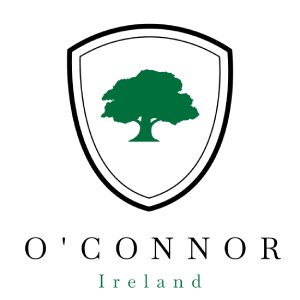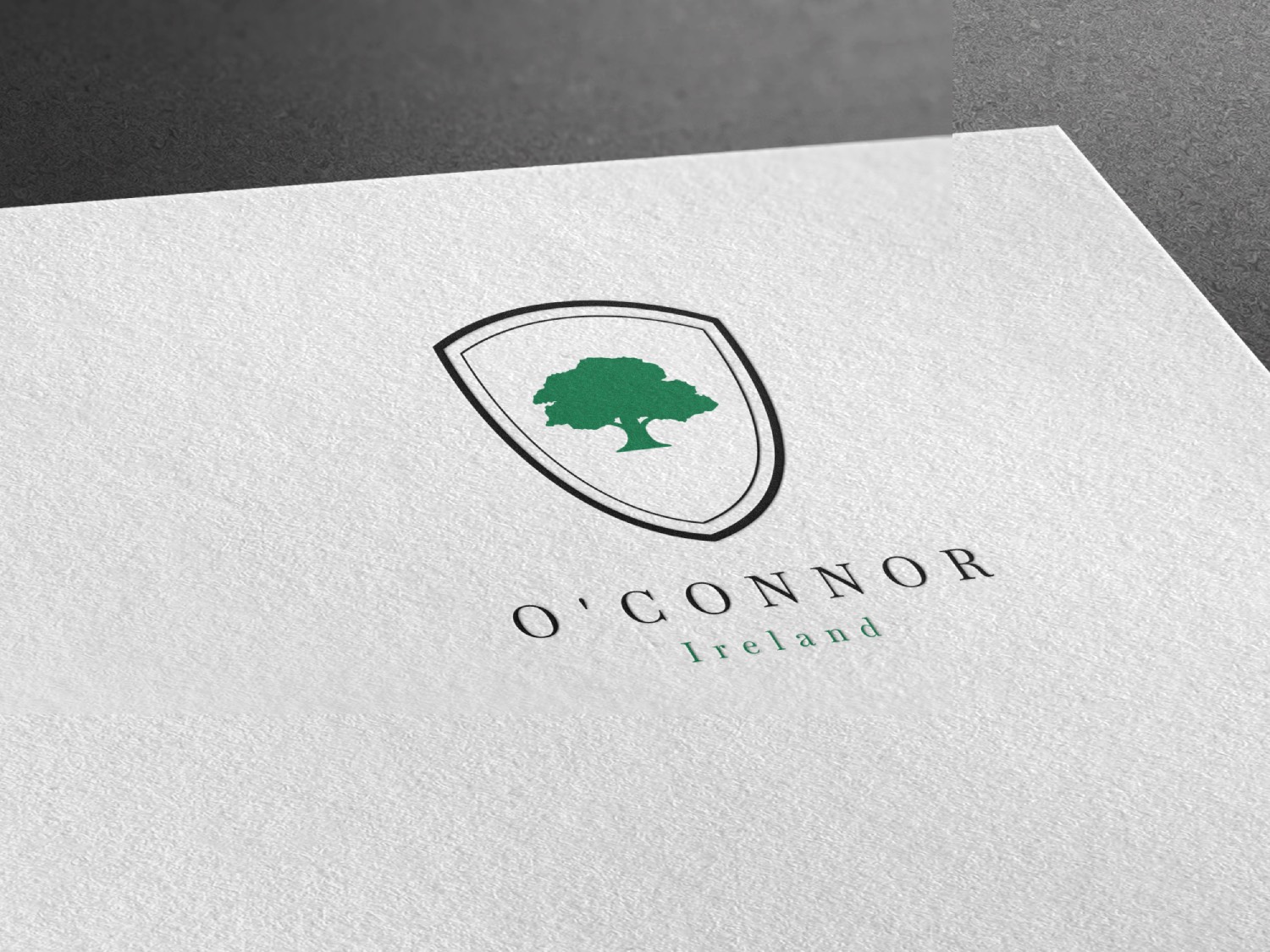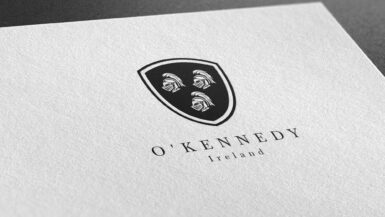Origin of the Surname
The surname O’Connor has its roots in Ireland, originating from the native Gaelic sept of Ó Conchobhair. The name belonged to distinct septs located in different parts of Ireland, including Connacht, Kerry, and Clare.
Etymology and Meaning
The O’Connor surname is derived from the Gaelic Ó Conchobhair, meaning “descendant of Conchobhar.” The name Conchobhar itself translates to “lover of hounds,” with “con” meaning hound and “cobar” denoting desire.
Earliest Known Usage
The earliest known usage of the O’Connor surname dates back to the 10th century. The O’Connors of Connacht, descendants of Conchobhar, a king of Connacht in the 10th century, were one of the first families to adopt this surname.
Geographic Distribution
The O’Connor surname can be found throughout Ireland, with particular concentrations in Roscommon, Kerry, and Clare, reflecting the locations of the original O’Connor septs. The name has also spread worldwide due to Irish emigration, especially to countries such as the United States, Canada, Australia, and the United Kingdom.
Original Geographic Location
The original geographic locations of the O’Connor families were primarily in the Irish provinces of Connacht and Munster. The O’Connors of Connacht were particularly prominent, producing several High Kings of Ireland.
Migration Patterns
The O’Connor name spread beyond Ireland mainly during the 19th century, driven by the Great Famine and other socioeconomic factors that led to large-scale Irish emigration. As a result, O’Connors can be found in many parts of the world today, including North America, Australia, and parts of Europe.
Historical Context
Notable Historical Events
The O’Connors have been involved in several notable historical events. The O’Connors of Connacht, for instance, produced Tairrdelbach Ua Conchobair, who became the High King of Ireland in the 12th century, and his son Ruaidrí Ua Conchobair, the last High King of Ireland before the Norman invasion.
Involvement in Key Moments in History
O’Connors have also been involved in more recent historical moments. For example, Feargus O’Connor was a leading figure in the Chartist movement in 19th century Britain, advocating for political rights for the working class.
Notable Bearers of the Surname
Famous Individuals
Famous individuals bearing the O’Connor surname include Sandra Day O’Connor, the first woman appointed to the U.S. Supreme Court; Flannery O’Connor, a renowned American author; and Sinead O’Connor, an internationally acclaimed Irish singer-songwriter.
Influential Figures
Influential figures include Arthur O’Connor, a prominent Irish nationalist and United Irishmen leader in the late 18th century, and Frank O’Connor, one of the 20th century’s most celebrated Irish short story writers.
Variations of the Surname
Spelling Variations
While “O’Connor” is the most common spelling, other variants include O’Conor, Connor, Conner, and Connors, among others.
Regional Differences
The “O’Connor” spelling is most common in areas originally associated with the O’Connor septs, particularly in Connacht and Munster. In contrast, the anglicized versions “Connor” and “Conner” are more prevalent in Northern Ireland and among the diaspora.
Current Statistics and Distribution
Frequency and Global Distribution
As of 2021, O’Connor is among the top 60 most common surnames in Ireland. In the
United States, it ranks among the top 500. The surname also has a significant presence in Australia, Canada, and the United Kingdom, reflecting the broad footprint of the Irish diaspora.
Changes Over Time
While the geographical distribution of the O’Connor surname has changed significantly over time due to migration, its prevalence within Ireland has remained relatively stable. The name has maintained its rank among the most common surnames in Ireland for several centuries.
Family Coat of Arms

The O’Connor family crest is an emblem of deep significance, embodying the heritage, values, and enduring spirit of the family. Central to the crest is a white shield, known as Argent in heraldry. The color white is traditionally associated with purity, innocence, and peace. It symbolizes sincerity and clarity of purpose, suggesting that the O’Connors are dedicated to noble and virtuous pursuits. The use of white sets a tone of integrity and honorable intentions, positioning the family’s legacy within the framework of these lofty ideals.
Prominently featured on the shield is a green oak tree, a symbol rich with meaning and history. The oak tree, renowned for its strength and durability, represents the resilience and endurance of the O’Connor family, suggesting that they have withstood the tests of time much like the sturdy oak. This tree’s longevity and steadfastness are metaphors for the family’s ability to maintain their core values across generations.
The vibrant green color of the oak’s leaves highlights themes of growth and renewal. This not only speaks to the family’s capacity for adaptation and flourishing in various circumstances but also symbolizes their ongoing commitment to progress and vitality. Moreover, the deep roots of the oak tree symbolize a strong connection to heritage and ancestral roots, reflecting the O’Connors’ deep pride in their Irish origins and a profound sense of belonging to their past.
Together, the white shield and the green oak tree on the O’Connor family crest convey a narrative of virtuous values, robust resilience, and a deep-rooted connection to Irish heritage.






Leave a reply